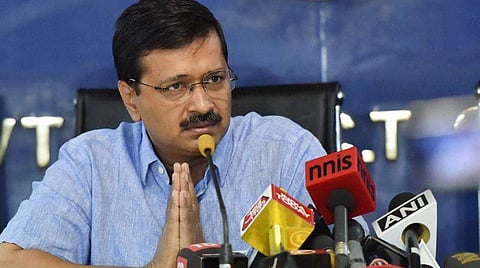

NEW DELHI: The Supreme Court ruling on the power tussle between the Delhi government and the Centre defines broadly the powers of the Lieutenant Governor.
Though the Constitution bench’s judgment limits the role of the L-G, Justice DY Chandrachud goes a step further on the Delhi government’s position and equated the same with the basic structure of the Constitution that cannot be amended or removed. He traced down the history of the National Capital and stated how it began to have an elected government after Article 239AA was inserted through the 69th amendment in 1992. “The proviso to Article 239AA is in the nature of a protector to safeguard the interests of the Union on matters of national interest in relation to the affairs of the NCT. Every trivial difference does not fall under the proviso.”
Justice Ashok Bhushan also penned a concurring 123-page opinion, but showed some sympathy towards the Centre. “The Delhi government just has to keep the L-G posted on all decisions.” “It is the requisite constitutional stimulus to sustain the fundamental conception of the participative democracy so that the real pulse is felt and further the constitutional promise to the citizens is fulfilled. It gets rid of the unpleasant twitches and convulsions,” he observed.